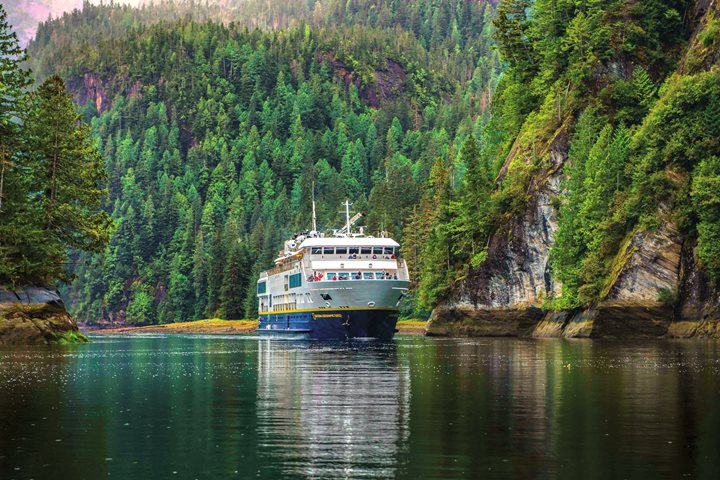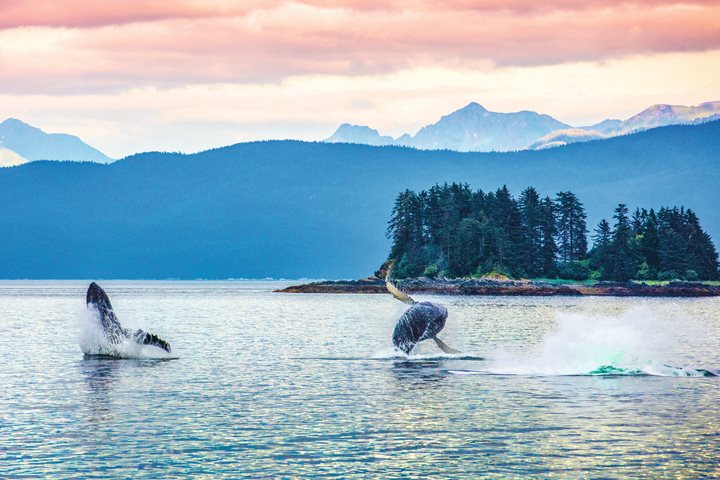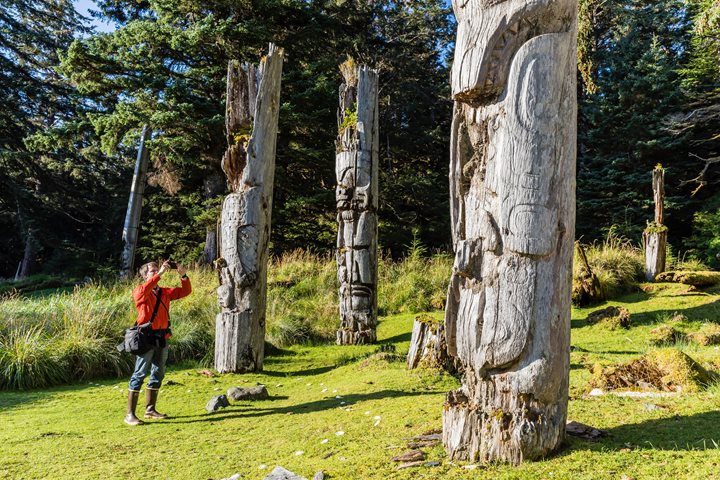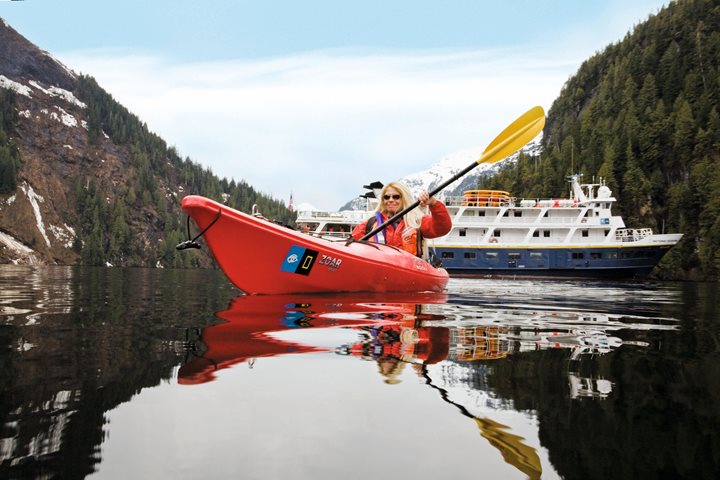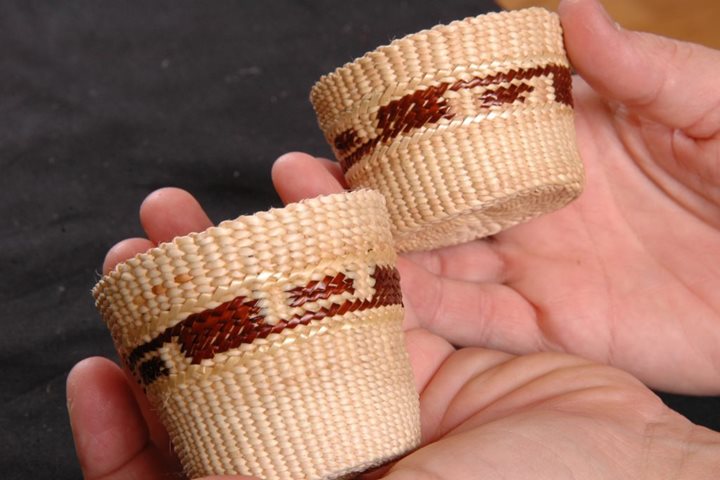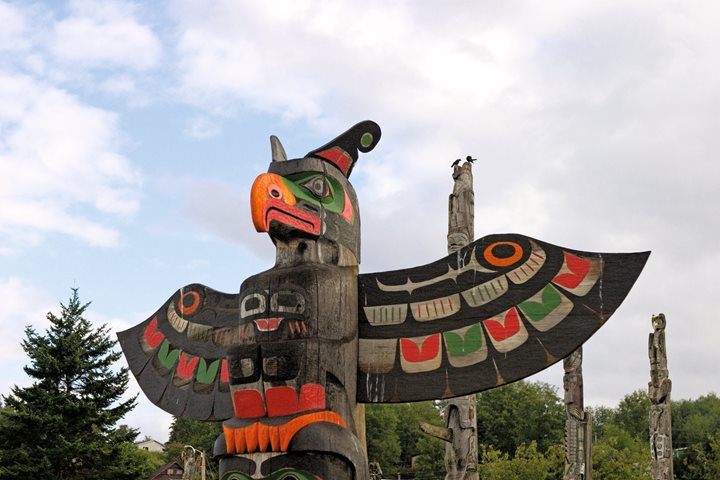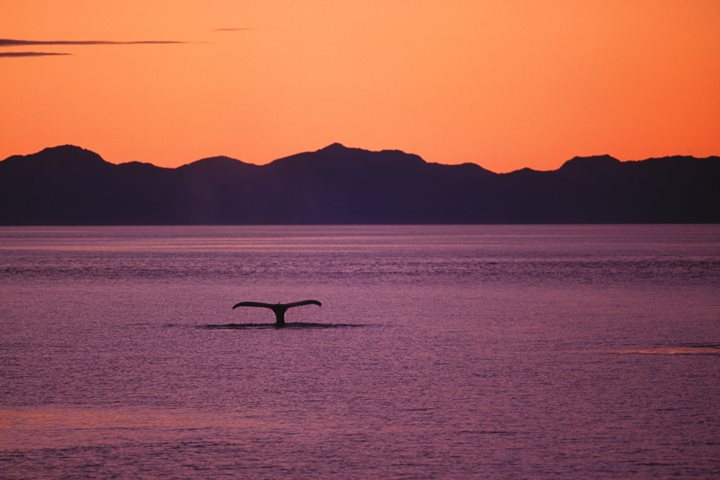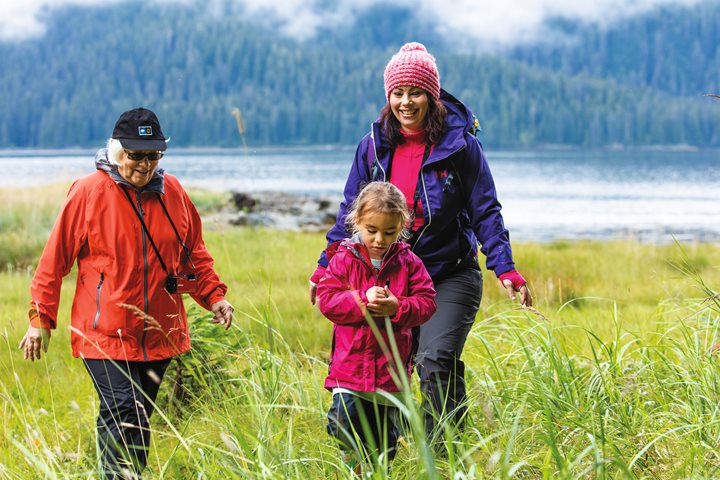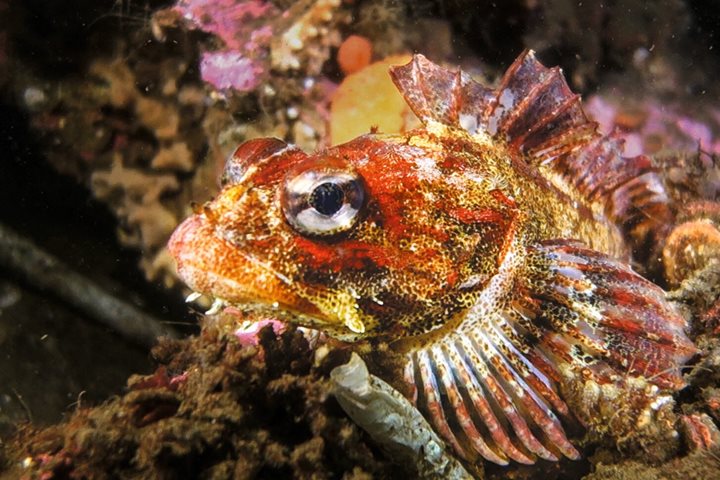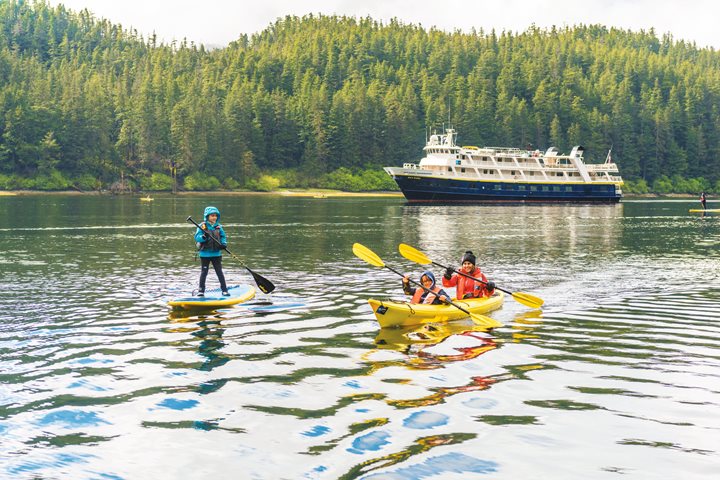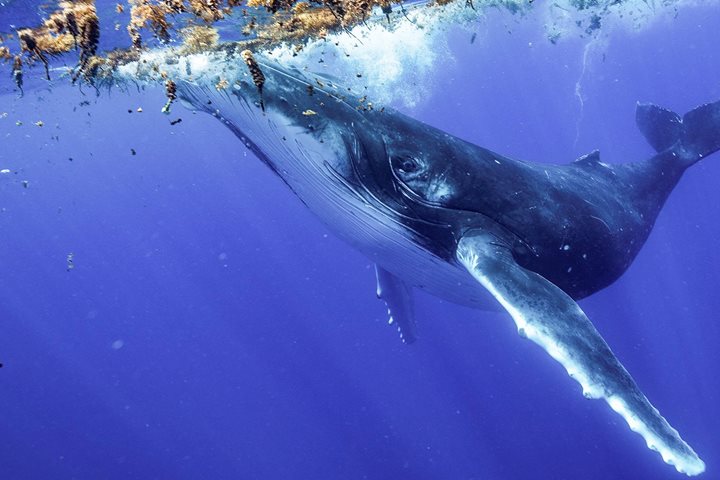1/29/2019
6 Min Read
The Art of the Totem Pole: Carving History Into an 800-year-old Tree
1/30/2019
5 Min Read
5 Reasons to go to Southeast Alaska This Summer
1/31/2019
4 Min Read
The Art of Spruce Root Weaving
2/25/2019
4 Min Read
Cultural Connections: From Alert Bay to NYC and Back
3/5/2019
5 Min Read
The Past, Present and Future of the Alaska Whale Foundation
4/10/2019
4 Min Read
Top Alaskan Adventure Activities for Families
9/17/2019
3 Min Read
Undersea Specialist Kayvon Malek Dives Deep in Alaska for Amazing Images
9/17/2019
3 Min Read
5 Awesome Alaska Activities for Kids & Teens
4 Min Read
Wild Personalities: Humpback Whale
4 Min Read
Wild Personalities: Sea Otter
Showing 12 of 12

